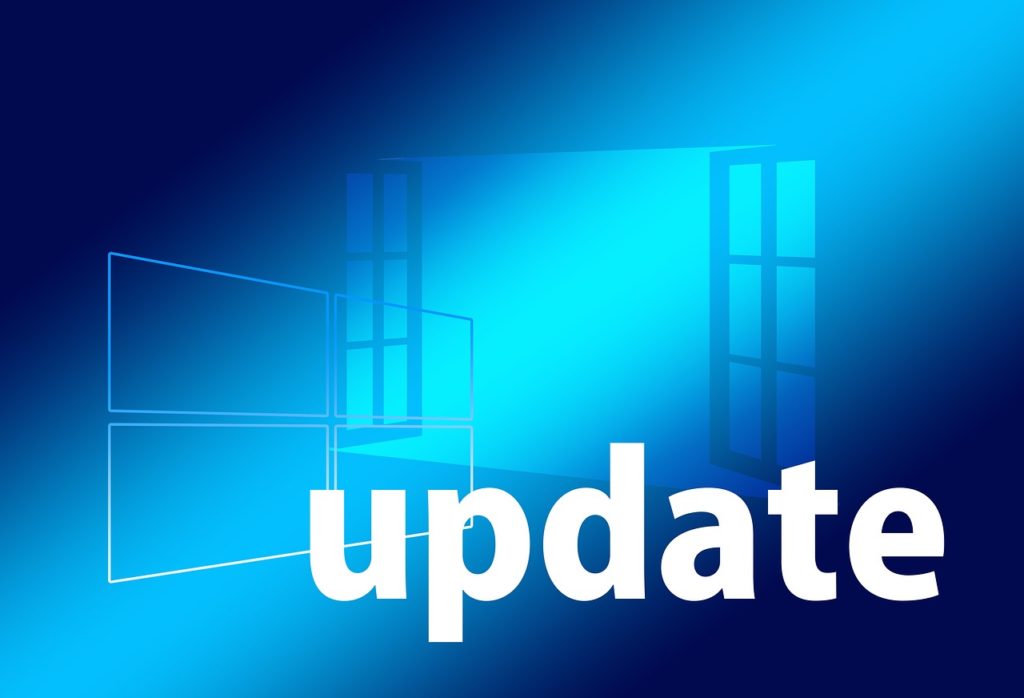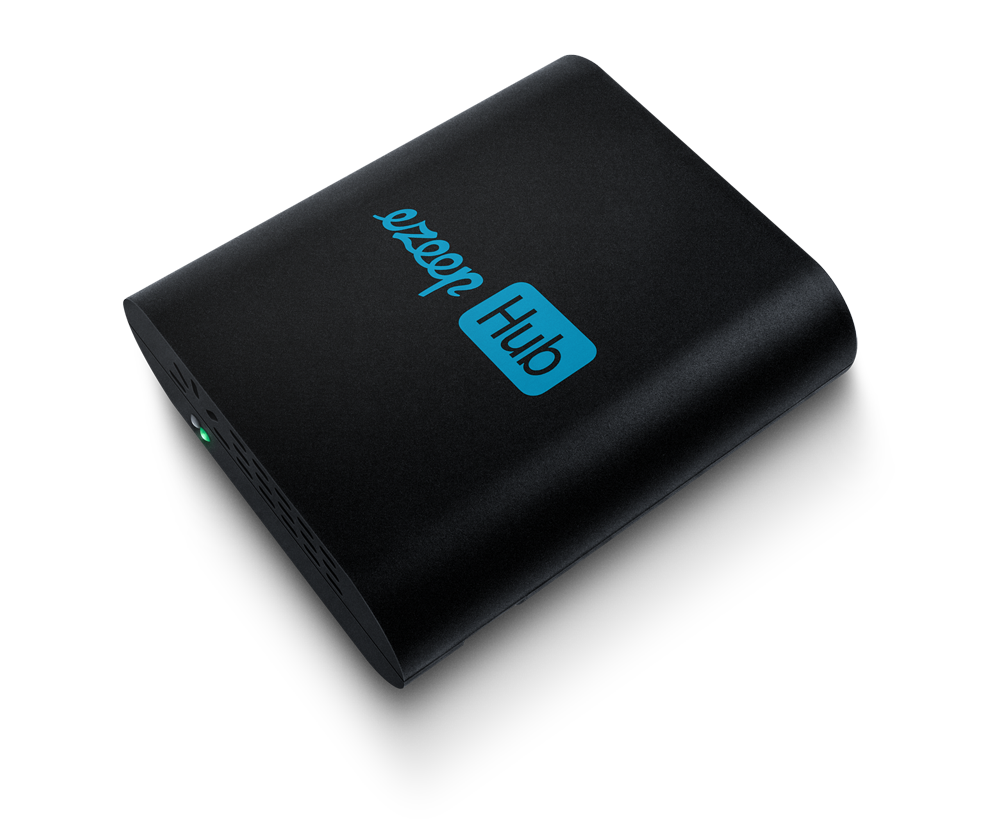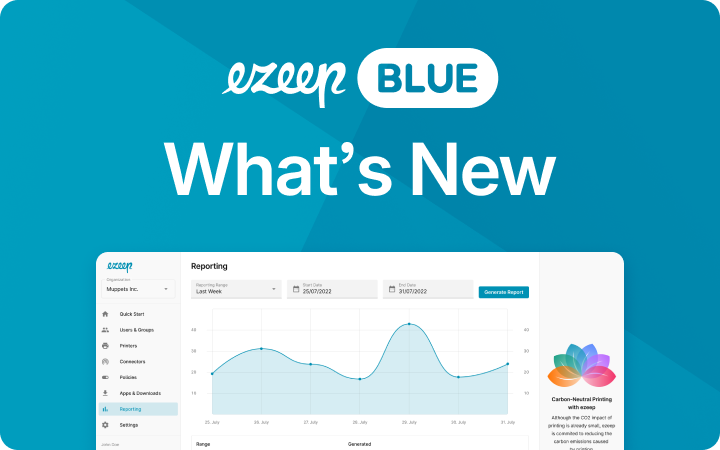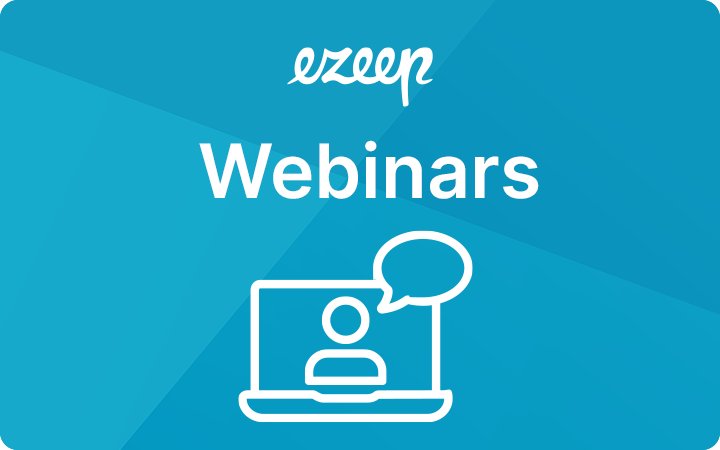WVD New Features: May 2020 Update – Set Up WVD in 10 Minutes
Microsoft announced on April 30 that it was giving Windows Virtual Desktop (WVD) a spring update. While the WVD new features may not seem as groundbreaking as when WVD was announced, Microsoft is paving the way to transforming WVD. It looks like Microsoft is soon to evolve WVD into a true cloud PC.
Microsoft has also benefited from the upswing in demand for remote working tools. At the moment Microsoft has said it has about 6 times the number of WVD users than it expected by the end of this year.

The WVD new feature update covers management, security and support. Image via Needpix.
WVD New Features
Back to the new WVD features though. They will be available generally during May and will be rolled out as and when they are ready. We’ve rounded-up the most important new WVD features for you here:
Improved Management Experience
Microsoft has now enabled WVD deployment through the Azure Portal. This will improve the management experience. You can set up host pools, manage desktops and apps and assign users all through this portal. With far tighter integration in the Azure resource manager, creating your own WVD environment can be done in easy steps. Christoph Hammer created a walk-through video for you to see just how it looks like to set up:
Better Teams Support
Microsoft is improving the Teams support resulting in better audio and video quality. As a result, IT teams across the globe will welcome this improvement, especially with the recent growth in remote working.
Choice of Location
To better align with data protection and compliancy regulations, Microsoft is adding a location choice for the service metadata. Initially, Europe and the United States are available, with more regions expected to follow soon.
Security
Some security enhancements have been made as well. Microsoft is expanding use of single sign-on for Azure AD. Users can use it with as many apps as they like. This is in line with Microsoft’s goal of widening the use of multifactor authentication.
Microsoft Endpoint Manager
Also, new features are coming to the Microsoft Endpoint Manager which is the new term for Intune and Configuration Manager. Tenant attach allows you to quickly attach an Intune tenant to a Configuration Management deployment.
ezeep Working Hard
Not just Microsoft has been hard at work though. Here at ezeep, we’ve been focusing on two major enhancements. First off is cloud rendering. This means that you don’t need printer drivers on users’ devices or on a print server. No more printer drivers mean no more driver management and all the associated headaches. You can find out more about cloud rendering here.
And the other area we’ve been working hard on is the ezeep Hub. This handy little unit replaces print servers in branch offices. Completely maintenance free, it simply connects to the network and automatically searches for printers. In addition, print jobs are TLS-encrypted right up to the ezeep Hub meaning expensive VPN connections for branch offices can be eliminated.

You can find more details about the latest updates from Microsoft on the 365 Blog. Thinking about deploying WVD in your environment? Then take a look at our free white paper for the latest tips.

